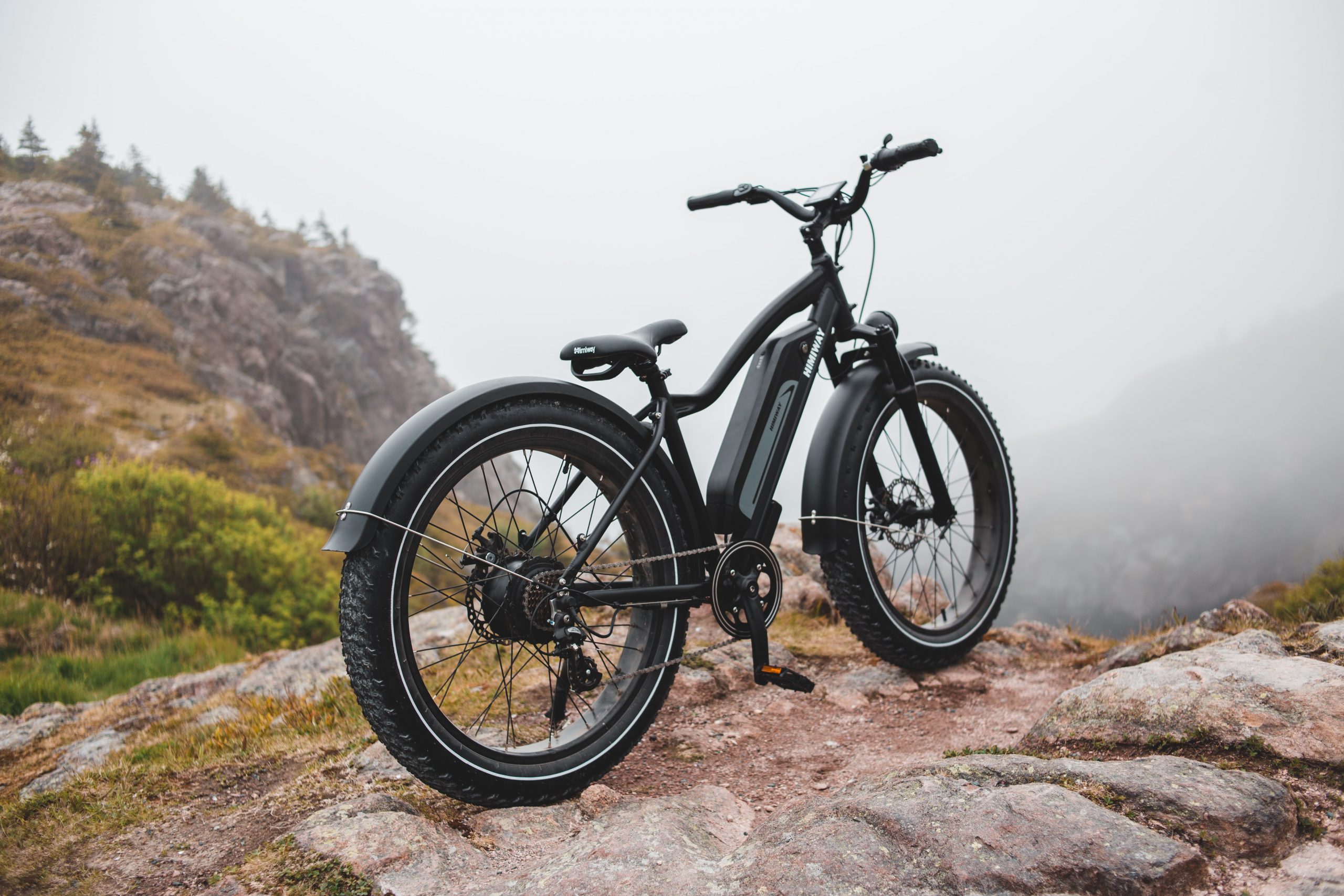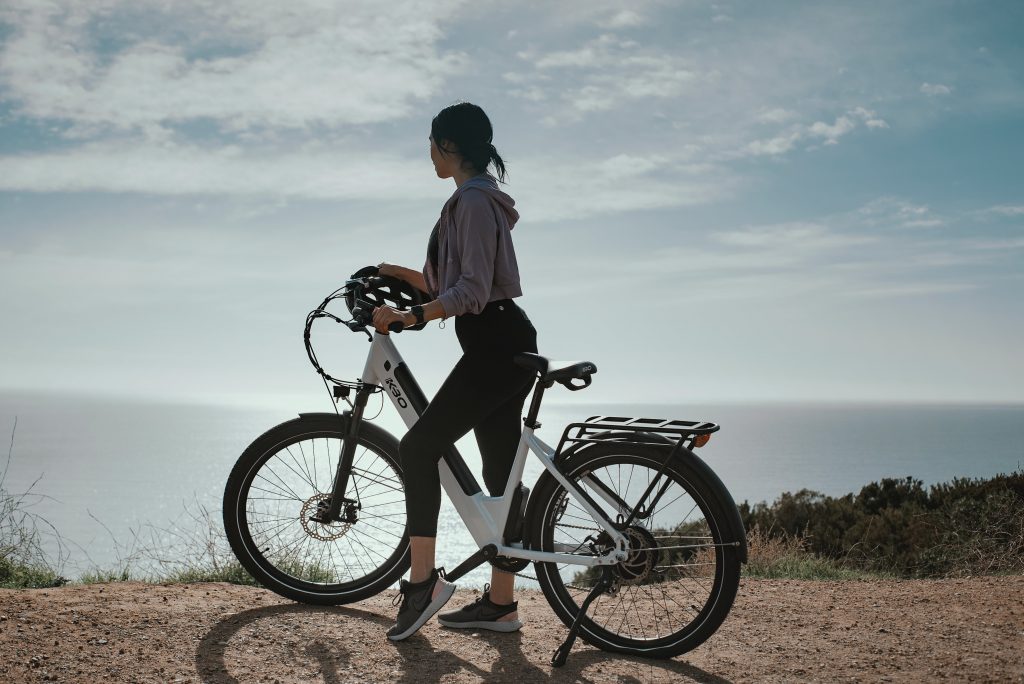
A Comprehensive Guide To Buying An Electric Mountain Bike
Are you looking to purchase an electric mountain bike (e-MTB)? If yes, this article is perfect for you. This comprehensive guide gives you a thorough insight into the classes and types of e-MTB, its features, and its benefits.
The popularity of e-bikes is snowballing as the manufacturers and sellers like Leon Cycle e-bikes offer riders a convenient way to enjoy the outdoors without worrying about breaking down or carrying heavy loads. In addition, they provide a low-impact workout option for those who want to stay fit and healthy.
E-bikes are gaining popularity because they’re easy to operate, fun to ride, and environmentally friendly. However, before investing in one, you’ll need to consider some essential things. Read on to learn more about them.
Classification of Electric Bikes
There are three main classifications of electric bicycles:
- Class 1: This e-bike class is pedal-assisted, allowing you to pedal like a traditional bicycle. The motor only stops assisting you when you reach a speed of 20 mph, making it ideal for those who still want to get the feel of a traditional bike.
- Class 2: These bicycles use a throttle instead of pedals. Like Class 1, these bikes stop assisting at 20 mph. This class is perfect if you have difficulty pedaling or don’t want to pedal but still want to enjoy the thrill of riding an e-bike.
- Class 3: These bikes are like Class 1, except they can go up to 28 mph. They’re also equipped with speedometer displays, making them a favorite among commuters.
Types Of Electric Bikes
Many different kinds of e-bikes are available today. Some are designed specifically for off-road use, while others are built with comfort in mind. The following are a few of the most popular models:
- Commuter E-bike: These bikes are ideal for commuting around town and short trips out into the countryside. Both adults and children can use them. Most have large tires that make it easier to navigate rough terrain.
- Cruiser E-bike: These are similar to commuter e-bikes, but they tend to be larger and more heavy-duty. They’re often equipped with suspension forks and disc brakes. They’re great for bike paths and paved roads, making them perfect for longer rides.
- e-MTB: These e-bikes are designed for riding over rugged terrains such as dirt trails and rocky hillsides. They usually have wider tires than other e-bikes, so they can handle rougher surfaces and ascend steep inclines fast enough to keep up with your pace.
Many cyclists today prefer to traverse adventurous routes rather than stick to traditional roadways. For these people, e-MTBs are the best choice. This post focuses on this type of e-bike.
Features And Benefits Of e-MTBs

e-MTBs come in all shapes and sizes. Some high-end ones feature components like drivetrains and hydraulic disc brakes. Others are simple and affordable.
Regardless of which model you choose, several key factors will help you determine if it’s right for you. Here are some of them:
- Power Source
The thing that makes e-MTB unique from a regular bicycle is its power source. While traditional bicycles rely on human energy to move forward, e-MTBs get their power from batteries instead.
When choosing between battery packs, look at how long the pack lasts and how quickly it recharges. Ideally, it’s best to buy a pack that can take at least 25 to 70 miles on a single charge, depending on usage. Considering how long it takes to recharge the pack fully is also helpful. An average lithium-ion takes about 3.5 to 6 hours to charge when fully depleted.
- Brake System
Another difference between e-MTBs and conventional bicycles is the braking system. Instead of relying on friction pads to slow down, e-MTBs utilize brake levers and hydraulic discs. Hydraulic discs are much stronger than friction pads and allow for faster-stopping speeds.
When selecting an e-MTB, pay attention to how easily the brakes work. An important safety feature called the kill switch is something every cyclist should consider. Kill switches work by cutting the power supply to the motor when the rider applies pressure to the brakes. This feature keeps you safe in emergencies like controller failure or throttle malfunction.
- Frame Material
Frame material is another factor to consider when buying an e-MTB. You want a frame made from strong yet lightweight materials. Look for frames made from aluminum alloy, carbon fiber, titanium, steel, or composite materials.
- Tire Size
Tire size is one of the biggest differences between e-MTBs. The most common tire size for e-MTBs is the 260-inch wheel. Most e-MTBs are used to climb over bumps and rough terrain. So, you’ll need a wide, all-terrain tire that can give you outstanding performance and withstand challenging rides.
The principle here is that the fatter and wider the wheel, the more air volume they contain, allowing them to disperse and function better during bumpy rides. If you’re a cyclist who likes to spend most of your adventures on rough terrain, you need this type of wheel.
- Suspension System
Suspension is another important aspect of any e-MTB. If you plan on using your e-MTB off-road, ensure you fine-tune the ride quality according to the terrain. However, if you’re only using your e-MTB on flat roads or pavers, a front suspension will do the work. You must also consider the weight of your bike; the heavier it is, the tougher suspension you need to avoid bottoming out.
- Handlebar Design
Handlebars are also essential because they help determine your frontal area and steering control. Proper handlebar selection is also necessary because choosing the wrong ones might lead to back aches and neck pain.
When choosing an e-MTB, consider the handlebars’ width, length, and material. Make sure the bars fit snugly into your hands without being too loose.
- Saddles
The saddle is another crucial element to consider when purchasing an e-MTB. The best saddles are designed with comfort in mind. They should be comfortable enough to keep your body stable while riding but not so soft that you sink into them.
Whether a beginner or an expert, having the right saddle will ensure your comfort level remains high throughout your journey.
- Pedals
Consider the pedal design, too, when buying an e-MTB because it affects your pedaling efficiency. A good pedal design allows you to have a firm grip on the pedals as you maintain proper balance while keeping your feet steady.
- Ease Of Use
Lastly, consider ease of use when shopping for an e-MTB. Make sure the controls are easy to operate and intuitive. Most e-MTB manufacturers have user manuals available online.
Note that there are different types of e-MTBs. Some are designed specifically for commuting or off-road trailing, while others are built for all-around riding. Thus, choose a model that best suits your needs when looking for an e-MTB.
Final Thoughts
Buying an e-MTB doesn’t have to be complicated. With this comprehensive guide, you’ll be able to find the perfect e-MTB for your lifestyle and needs.
Images source: unsplash.com

